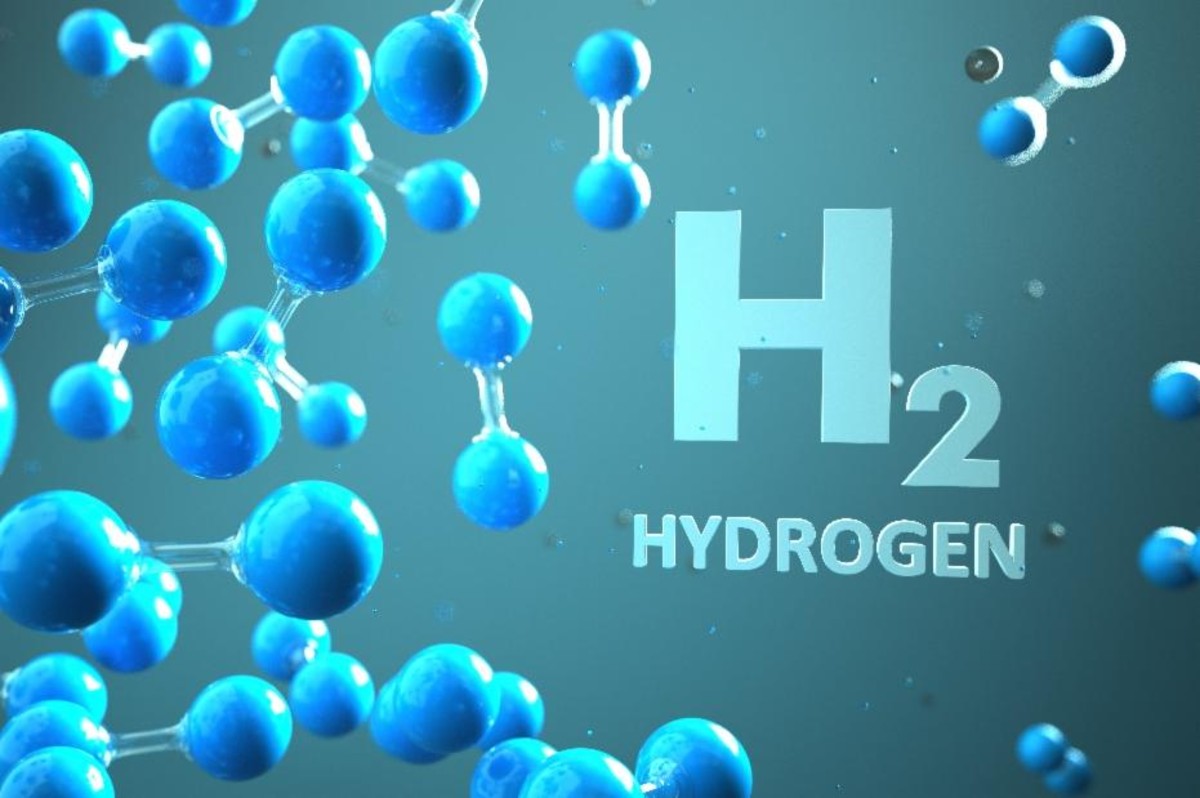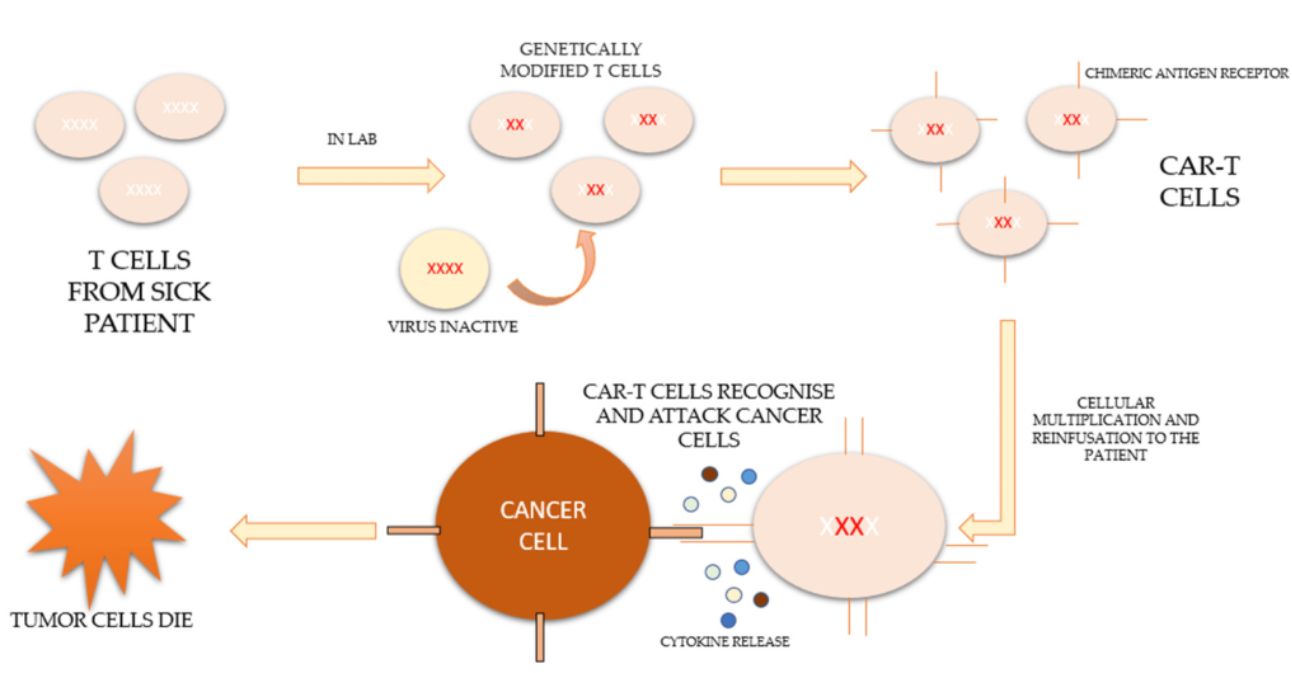Blue Hydrogen Market is estimated to be valued at USD 20.65 Billion in 2024
- Ronak Shah
- World News
- December 30, 2024

A newly published report by Coherent Market Insights reveals a sustainable growth in opportunities in the blue hydrogen market. Coherent Market Insights’ analyst projected the blue hydrogen market to be valued at USD 20.65 Bn in 2024. It is expected to exhibit a CAGR of 12% over the forecast period 2024 -2031.
Increasing focus on decarbonization of industries drives market growth. All industries and sectors are replacing fossil fuels with clean energy sources to meet their reduction targets for CO2 emissions. Blue hydrogen produced through steam methane reforming with carbon capture and storage is considered a reliable alternative to fossil fuels.
Additionally, the declining cost of renewable power generation is positively impacting the production cost of blue hydrogen. The lower production cost of blue hydrogen will further boost its adoption over the forecast period.
Key Market Trends:
Carbon capture and storage infrastructure investment is increasing massively in the blue hydrogen market. Governments around regions are investing heavily into CCS projects and networks that will facilitate low carbon hydrogen production via SMR. An example of this is the UK’s Humber Zero project, which will be one of the world’s largest CCS clusters by capturing and storing 10-15Mtpa of CO2 by 2030.
Rising strategic partnerships: The other key trend is strategic partnerships for blue hydrogen projects among energy companies, industrial players, and governments. Large energy players collaborate to develop largescale, cost-competitive blue hydrogen production facilities. For example, in 2021 Equinor signed agreements with fertilizer producer Yara and BMW to develop a 600MW blue hydrogen plant in Norway.
Market Opportunities
Gas Partial Oxidation (POX) is anticipated to hold the largest market share. Gas Partial Oxidation or POX is a process that partially oxidizes natural gas or other hydrocarbons to produce hydrogen and carbon monoxide. POX produces a synthesis gas mixture of hydrogen and carbon monoxide from natural gas and oxygen.
Power Generation Facilities: Power generation facilities service segment also holds a highly significant share in the market. Blue hydrogen can replace natural gas in gas turbines used for electricity generation, thereby lowering the carbon intensity of power plants. It can also be used in combined cycle plants to boost efficiency. The ability to use existing gas infrastructure makes hydrogen attractive for decarbonizing the power sector.
Key Market Takeaways
The global blue hydrogen market is anticipated to witness a CAGR of 12% during the forecast period 2024-2031. This is owing to stringent policies and regulations supporting decarbonization of industries.
On the basis of product type, Steam Methanre Reforming (SMR) segment is expected to hold a dominant position. This is accounting for over 50% of the market share in 2031 due to widespread application across petrochemical facilities.
On the basis of application, petroleum refineries segment holds the largest share currently but power generation facilities segment is anticipated to see highest growth. This is due to increasing hydrogen blending.
North America is expected to hold a dominant position over the forecast period. This is due to robust government support and presence of leading hydrogen players in the US and Canada.
Competitor Insights
Key players operating in the blue hydrogen market include
Air Products and Chemicals, Inc.
Linde plc
Shell Global
Chevron Corporation
Equinor ASA
Siemens Energy AG
Mitsubishi Heavy Industries, Ltd.
TotalEnergies SE,
BP plc,
RWE AG,
ENGIE S.A.
Recent Developments
In October 2023, the U.S. Environmental Protection Agency (EPA) awarded Tetra Tech a US$450 million contract to expedite the cleanup of contaminated sediment sites in the Great Lakes region. Assessing contaminants, creating remediation plans, and creating solutions to support sustainable ecosystems at the watershed scale are all part of this five-year contract. More information is available in full report








